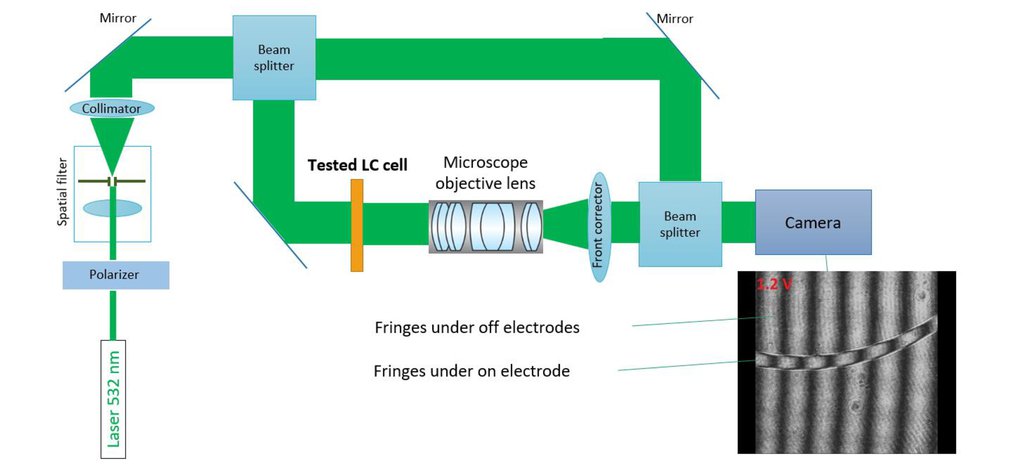Augmented reality is what it sounds like: reality, enhanced with interactive digital components. The most commonly used AR applications these days rely on smartphones to showcase the digitally augmented world: users can activate a smartphone’s camera, view the real world around them on the screen, and rely on an AR application to enhance that world in any number of ways via digital overlays:
- Superimposing images, digital information and/or 3D models
- Adding real-time directions
- Inserting labels
- Changing colors
- Altering the user or their environment's appearance via "filters" on Instagram, Snapchat, and other apps
Various devices can display AR, and the list is only growing: screens, glasses, handheld and mobile devices, and head-mounted displays.
In understanding what AR is, it’s also important to understand what it is not.
AR is not a fully immersive experience like virtual reality (VR). While virtual reality requires users to don a special headset and pulls them into a completely digital world, AR lets them continue interacting with the physical world around.
AR combines the real-world environment (seen by a user through a camera, glasses, or other devices) with computer-generated objects, which can be 2D or 3D objects, videos, and other types of info. To make it look realistically, AR technology uses specific algorithms to accurately place the object where it has to be, choose the size and orientation it has to have in that environment, etc.

These algorithms are based on physical properties of objects and functional relationships between them. Using these algorithms makes it possible to predict the required size and position of computer-generated objects in every particular environmental situation, their behavior, and so much more.
Augmented reality takes a picture of our current reality and “augments” it with other images. Example: your living room with a new sofa that you haven’t bought yet. Or your back yard with three grazing antelope.
If the “augmented” images move, they had better move in ways that match physical reality. Otherwise your eyes will immediately see the discrepancy and won’t buy the otherwise awesome effect of good A.R.






0 Comments
Please do not enter any spam link in the comments box.